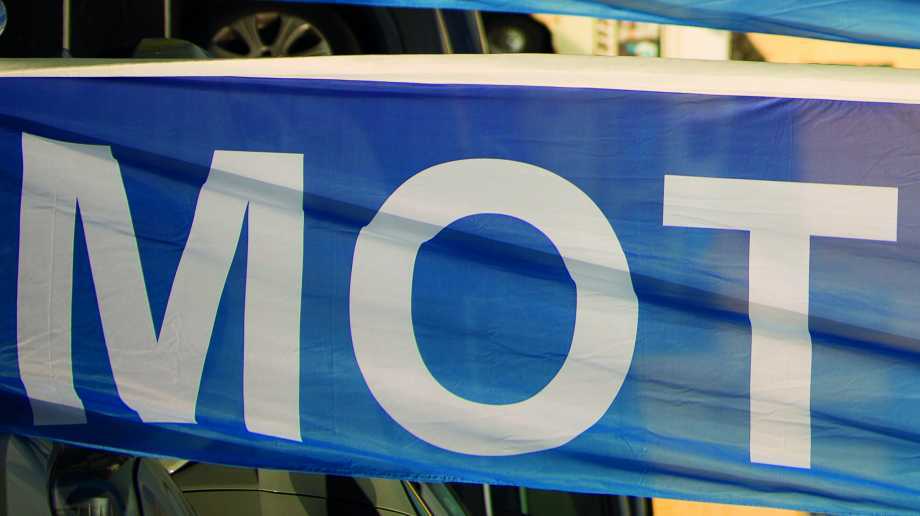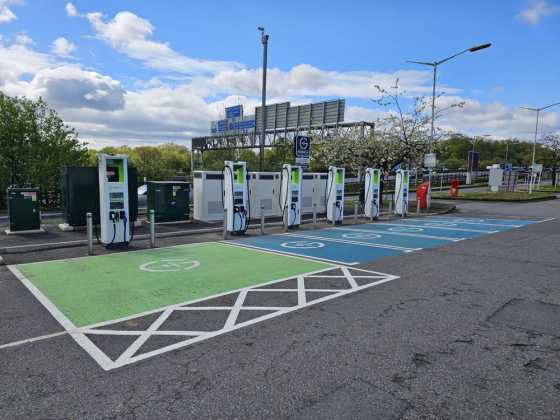New MOT rules come into effect

The way MOTs are conducted have changed (20 May 2018), with new defect types, stricter rules for diesel car emissions, and some vehicles over 40 years old becoming exempt.
Rather than simply passing or failing an MOT, the new tests will categorise defects as either ‘minor’, ‘major’ and ’dangerous’, depending on the type of problem and how serious it is. Major and dangerous faults will result in an automatic fail.
‘Advisories’ can also be given out, which will be items that the driver will need to monitor.
The new MOT test includes the introduction of stricter checks for cars with a diesel particulate filter (DPF), which captures and stores exhaust soot to reduce particulate emissions from diesel cars.
If there is evidence to suggest that the diesel particulate filer (DPF) has been tampered with, the vehicle will also fail the MOT.
Additional items will be checked during the new-style MOT. Tyres will be looked at to check if they are obviously underinflated, brake fluid will be looked at to make sure it hasn’t been contaminated, and fluid leaks will be assessed to see if they pose an environmental risk.
What’s more, brakes will be checked to see if there are pads or discs missing and the warning lights will be examined.
Daytime running lights will be checked on vehicles first used from 1 March 2018.
Reversing lights and headlight washers will also be checked.
The design of the MOT certificate will change, so that defects are listed under the new categories.
Drivers with vehicles with defects deemed to be dangerous that continue to drive their vehicles will risk a £2,500 fine and penalty points on their licence.
Cars, vans, motorcycles and other light passenger vehicles will not need to have an MOT if they’re over 40 years old and have not been substantially changed.



